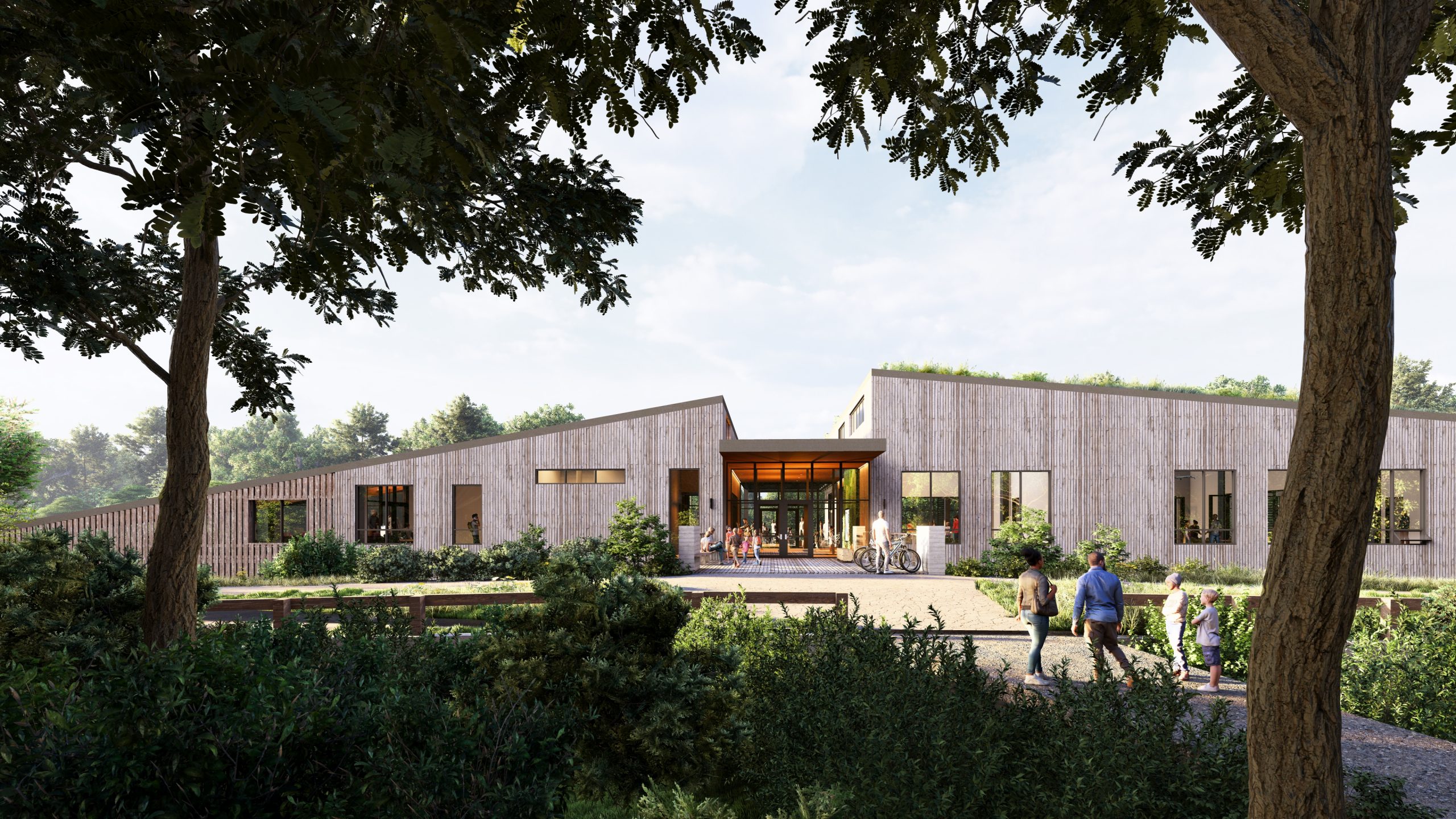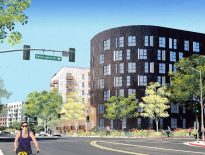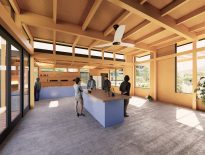One of the first public schools to join the LBC takes flight in Virginia
Designed in collaboration with the Perkins&Will North Carolina studio
Something historic is underway in Henrico County, Virginia. Seeking to be one of the first public schools to secure Living Building Certification, the Center for Environmental Science and Sustainability (HCPS Living Building of CESS) will provide an immersive nature-based learning environment for public school children throughout the surrounding county. Located on the historic 1,200 acre Wilton Farm, the program focuses on providing hands-on, experiential learning, offering access to hundreds of acres of healthy forest, creeks, and the iconic Whale Lake.
Intended to be a world-class example of an “educationally expressive” building, the design leverages the building itself as a teaching tool, featuring sloping roofs that dip down to touch the landscape and make visible their regenerative systems – such as a living green roof that serves as an extension of the surrounding wildflower meadow, or the rooftop solar panels providing 105% of the building’s annual energy needs. Above-ground rainwater cisterns and ground-level greywater filtration planters illustrate the water story of the project, highlighting how stormwater and rainwater are managed to accommodate all the building’s water needs on-site. Underneath the building, glazed openings into HVAC, Electrical, and Composting rooms showcase the building systems and serve as active teaching moments, including composting toilets that turn waste into usable soil. “It is a beacon of what public spaces and what public buildings not only could be, but should be,” says Madison T. Irving from the Henrico County School Board.
Emphasizing the project’s intimate connection to the surrounding landscape, the building is nestled into the terrain and offers a myriad of opportunities for relationship with the natural world. Spiraling site paths culminate in additional teaching spaces, such as a hilltop wind turbine and agricultural well servicing an edible forest and orchard, a lakeside dock and outdoor classroom, or even rows of trees planted by each year’s student class to reflect the gradual restoration of the site’s natural ecology.
“What stood out was the thoughtfulness of the building to stay true to its environment,” noted Alicia S. Atkins from the Henrico County School Board. Whether through the innovative use of salvaged materials and non-toxic building products, passive heating and cooling strategies, or the integration of abundant natural daylight in every space, Living Building of CESS will exhibit the very best in regenerative design practices. The Perkins&Will team is thrilled to partner with Henrico County Public Schools on this ambitious and transformative project, hoping to set a new standard in green building for the state of Virginia and for public school projects worldwide.
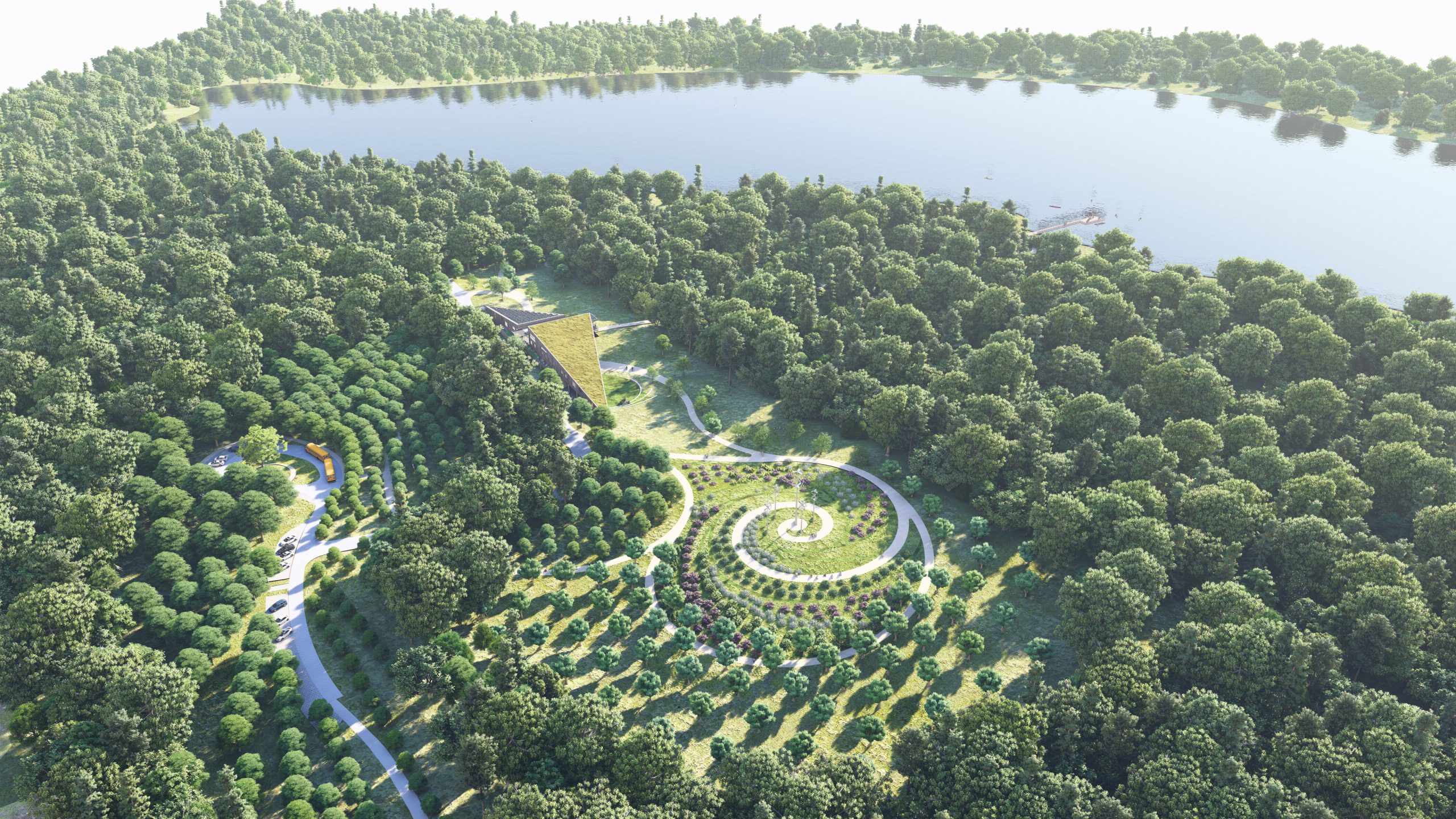

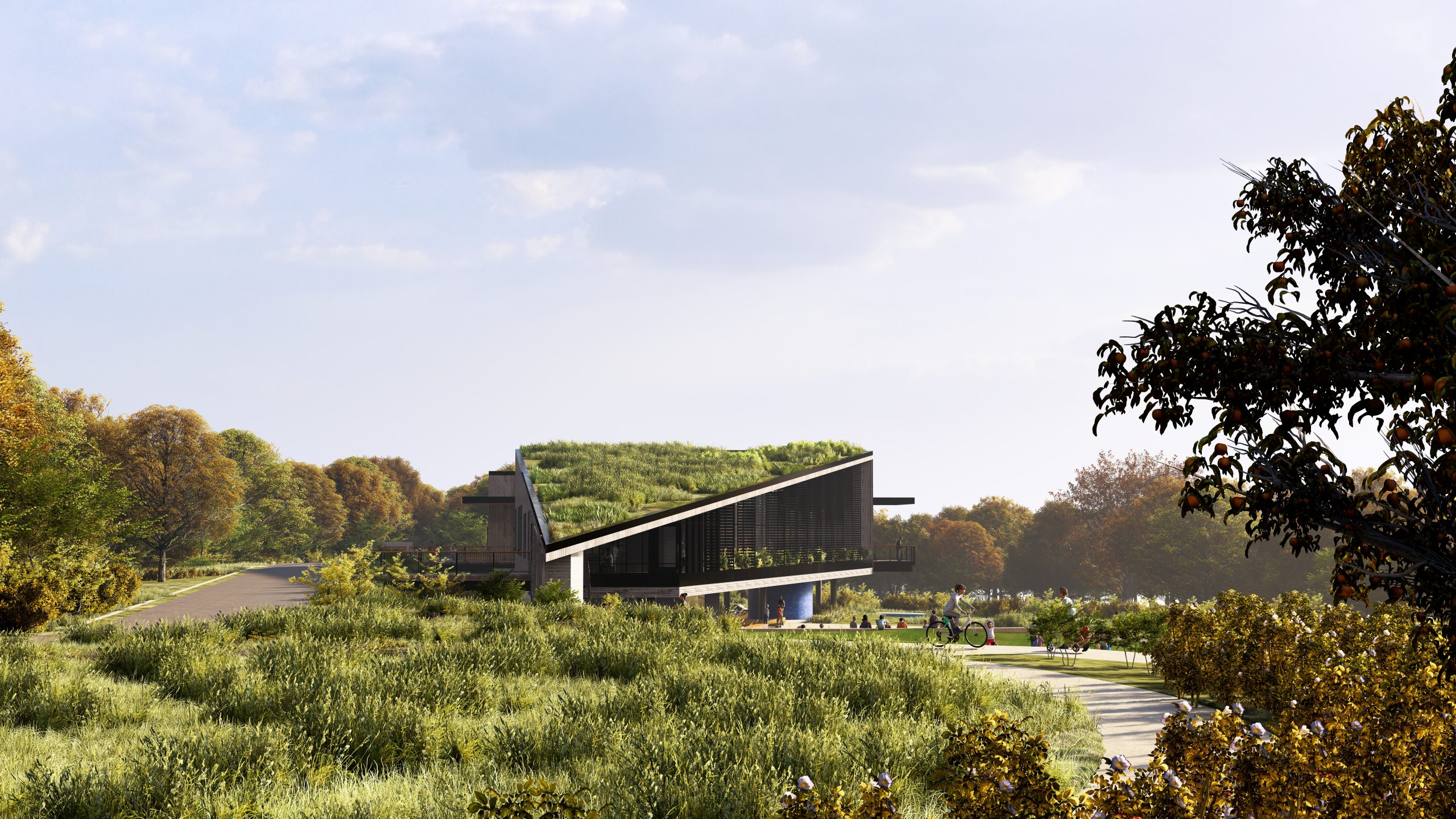
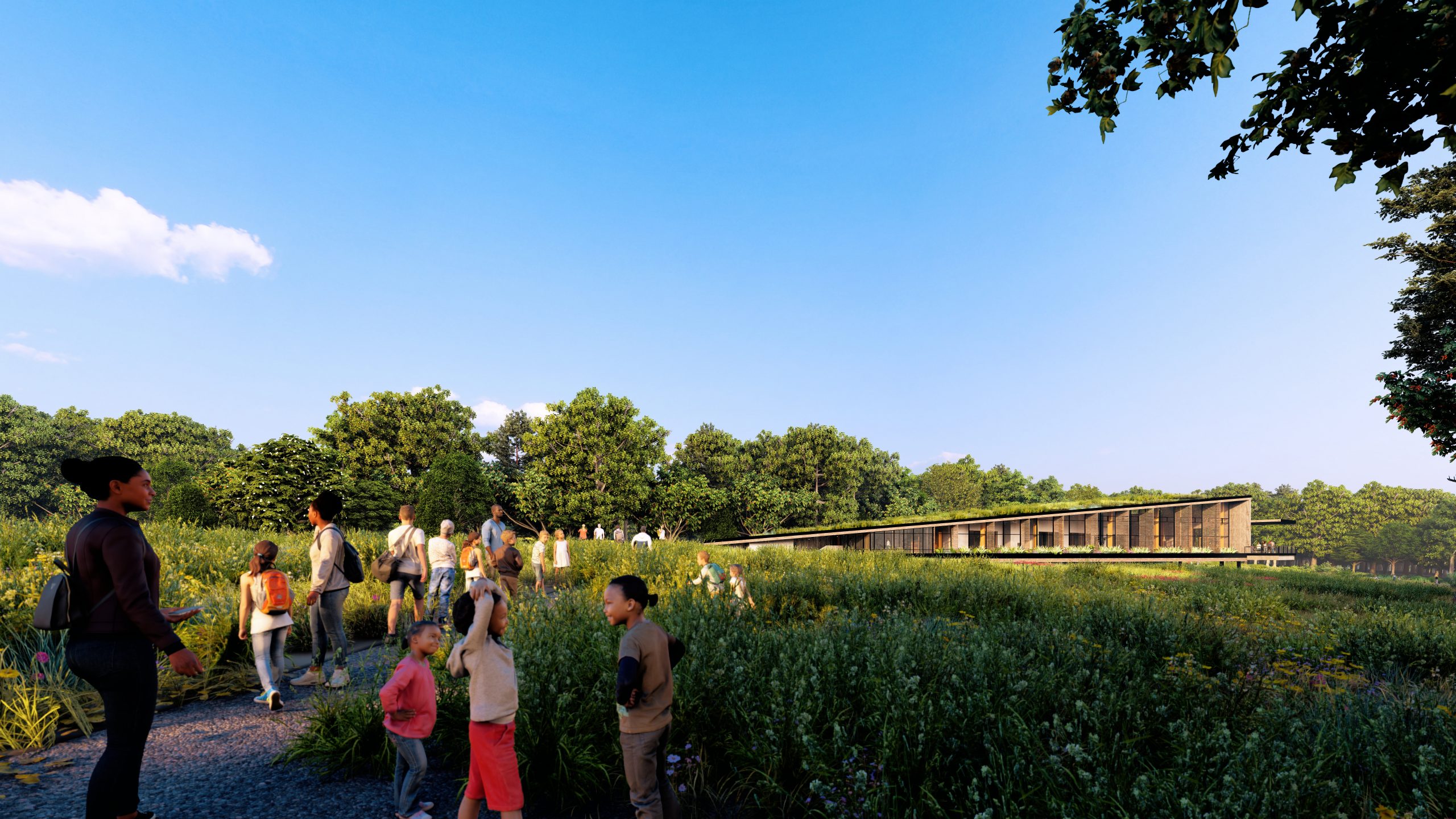
This article was originally published in the Fall 2024 issue of Love + Regeneration and has been republished on Trim Tab with the permission of McLennan Design.
